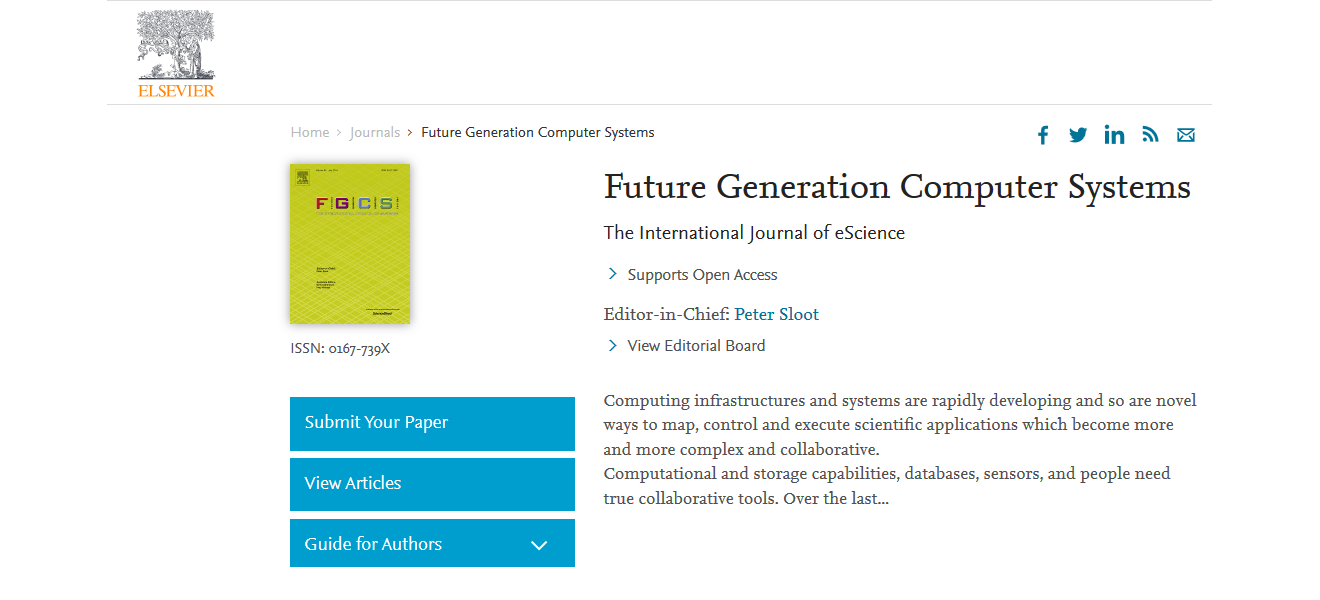We are honored to announce that a research paper developed under the mF2C Project has been accepted in the Future Generation Computer Systems Journal
Title: “Towards a Proper Service Placement in Combined Fog-to-Cloud (F2C) Architectures”
Authors: Vitor Barbosa Souza*, Xavi Masip-Bruin*, Eva Marín-Tordera*, Sergi Sanchez-Lopez*, Jordi Garcia*, Guang-Jie Ren+, Admela Jukan^, Ana Juan Ferrer§
* Advanced Network Architectures Lab (CRAAX), Universitat Politècnica de Catalunya (UPC), Spain
^ Technische Universitat Braunschweig, Germany
+ IBM Almaden Research Center, USA
§ ATOS SA, Spain
ABSTRACT
The Internet of Things (IoT) has empowered the development of a plethora of new services, fueled by the deployment of devices located at the edge, providing multiple capabilities in terms of connectivity as well as in data collection and processing. With the inception of the Fog Computing paradigm, aimed at diminishing the distance between edge devices and the IT premises running IoT services, the perceived service latency and even the security risks can be reduced, while simultaneously optimizing the network usage. When put together, Fog and Cloud computing (recently coined as fog-to-cloud, F2C) can be used to maximize the advantages of future computer systems, with the whole greater than the sum of individual parts. However, the specifics associated with cloud and fog resource models require new strategies to manage the mapping of novel IoT services into the suitable resources. Despite few proposals for service offloading between fog and cloud systems are slowly gaining momentum in the research community, many issues in service placement, both when the service is ready to be executed admitted as well as when the service is offloaded from Cloud to Fog, and viceversa, are new and largely unsolved. In this paper, we provide some insights into the relevant features about service placement in F2C scenarios, highlighting main challenges in current systems towards the deployment of the next-generation IoT services.
